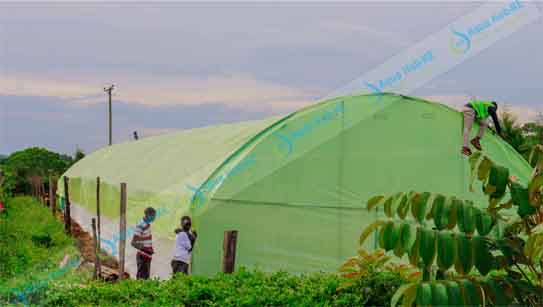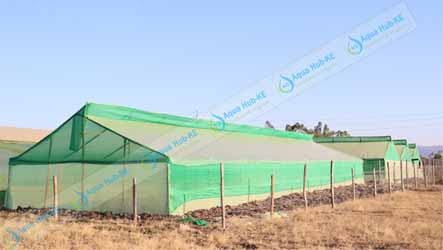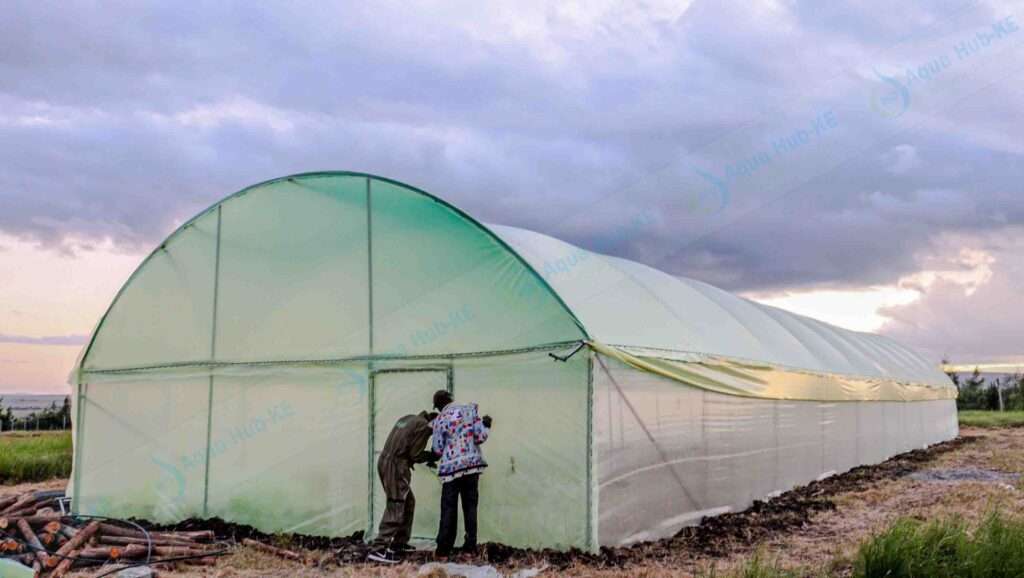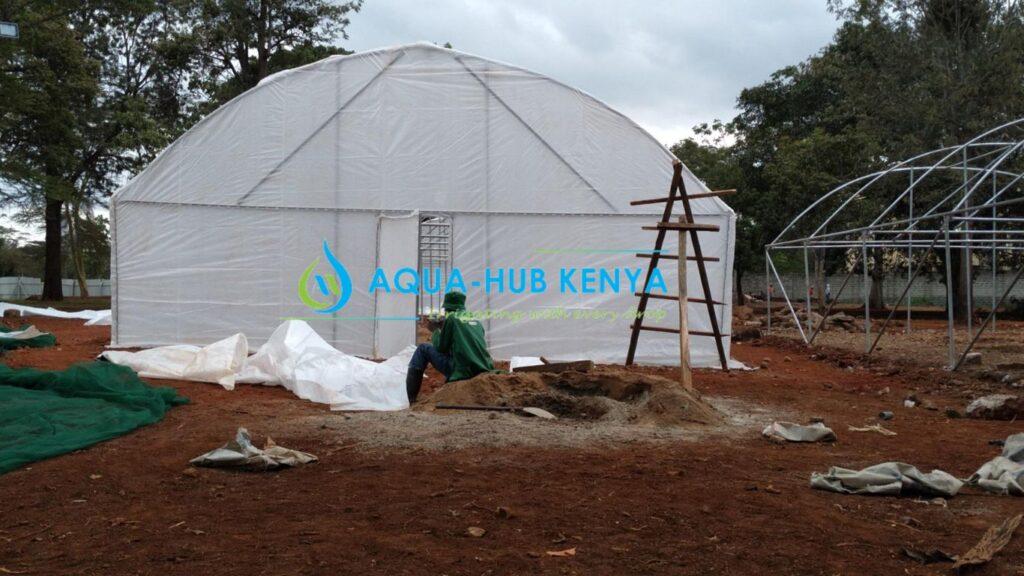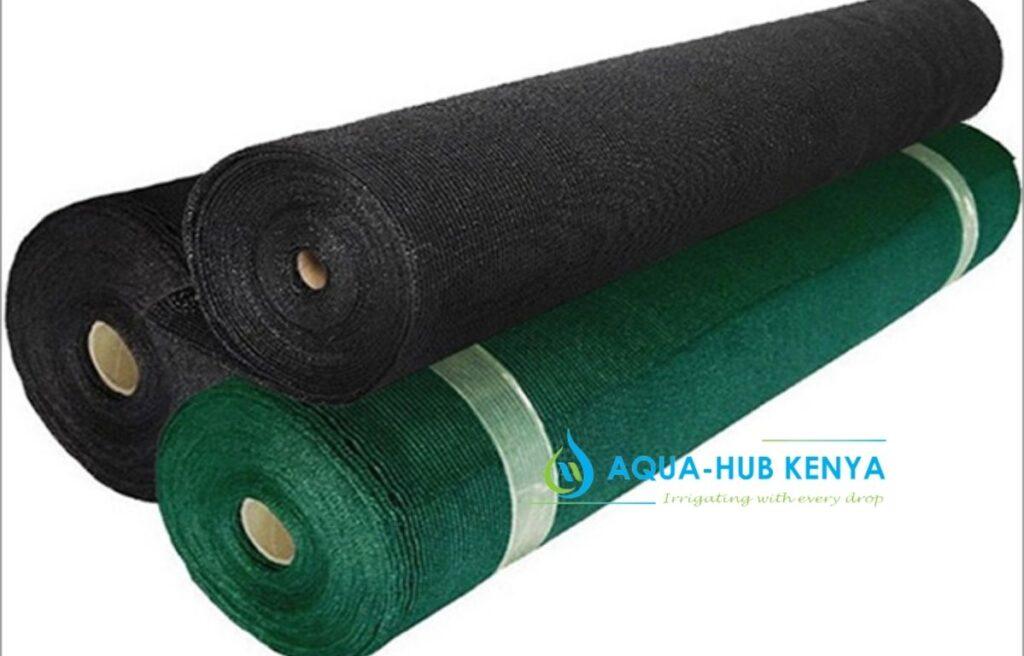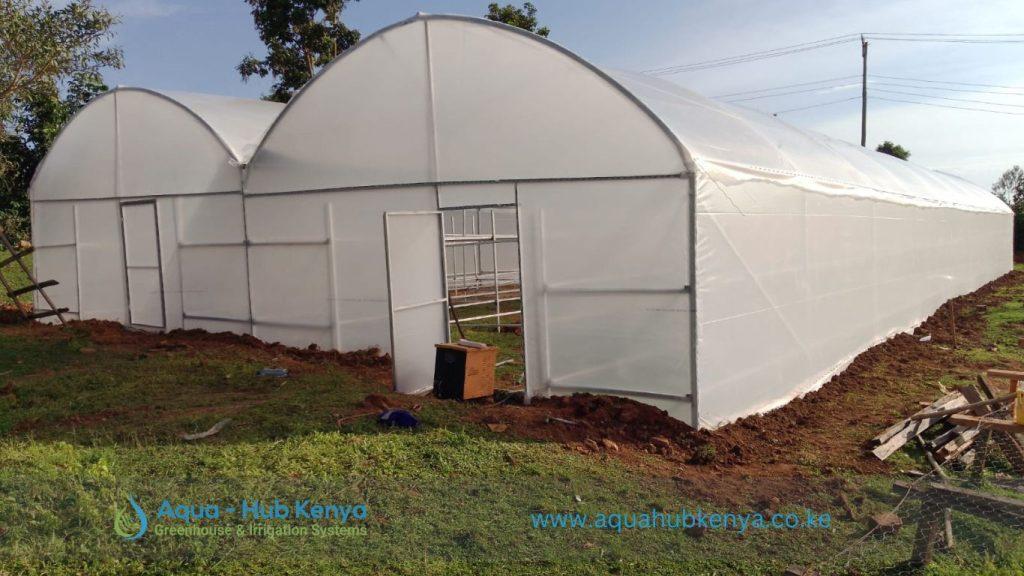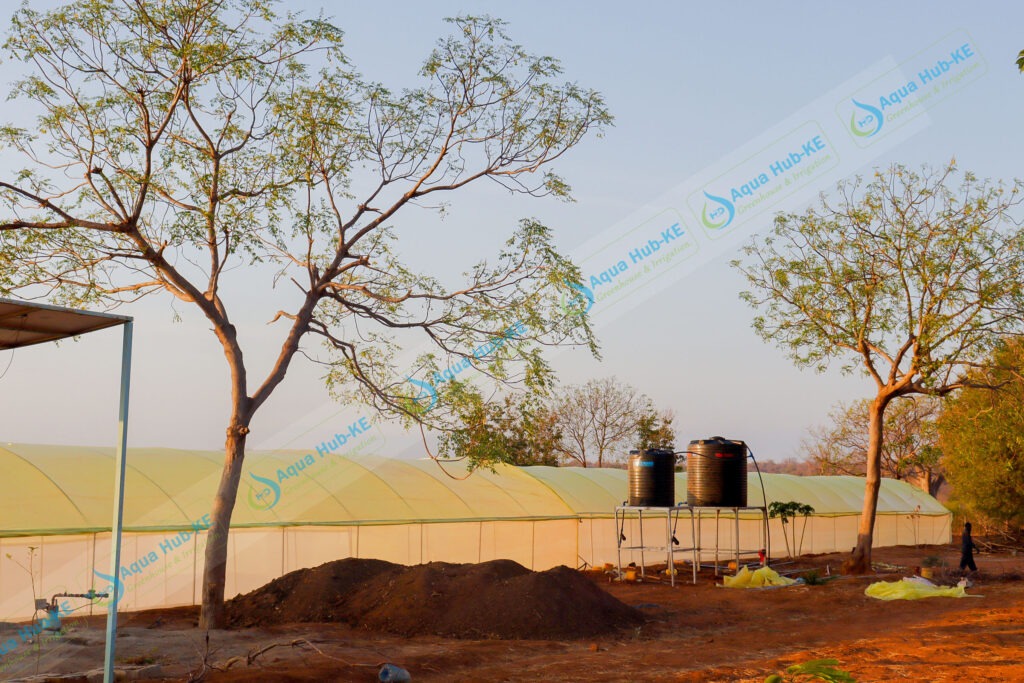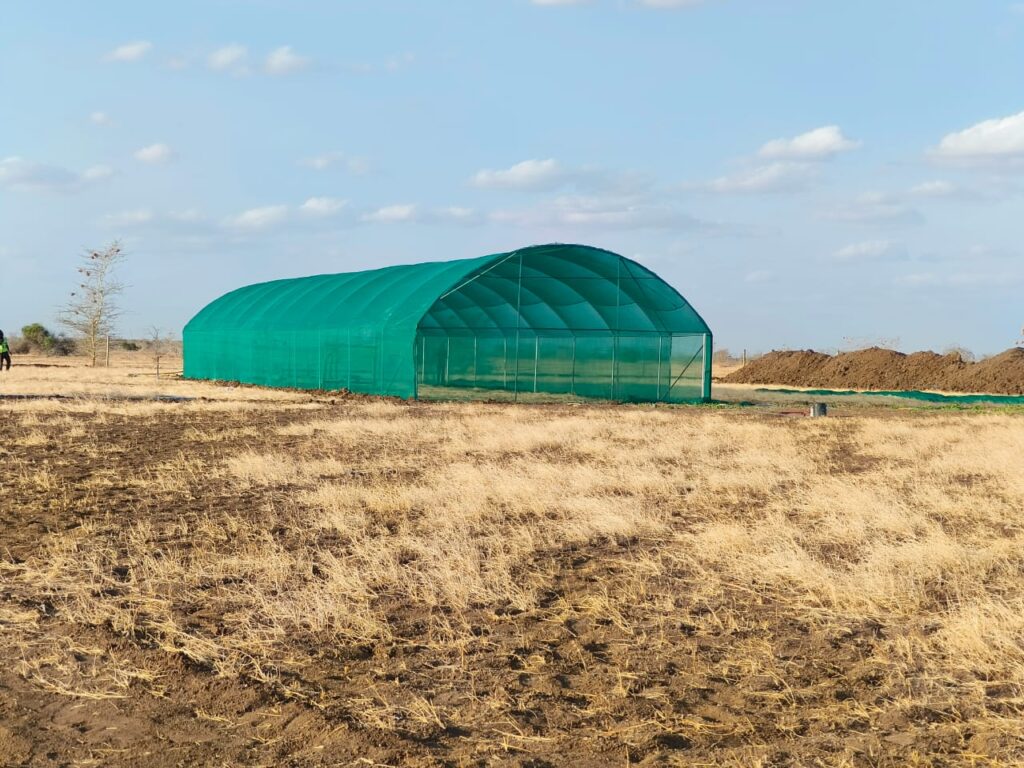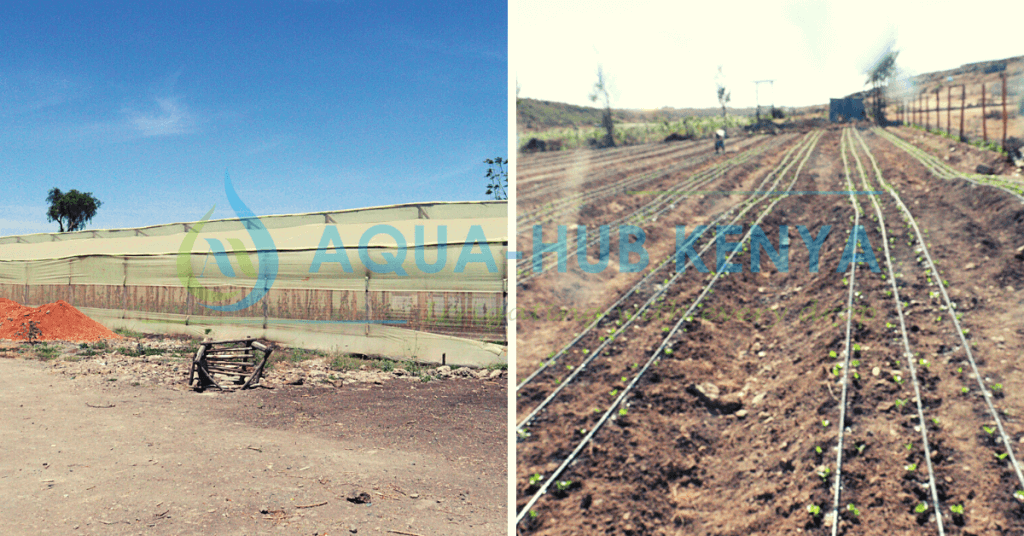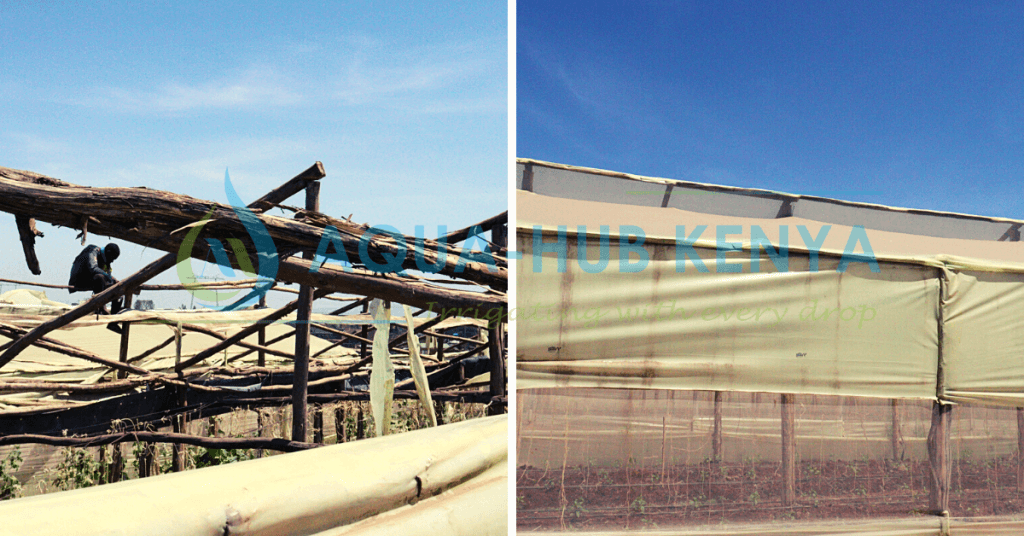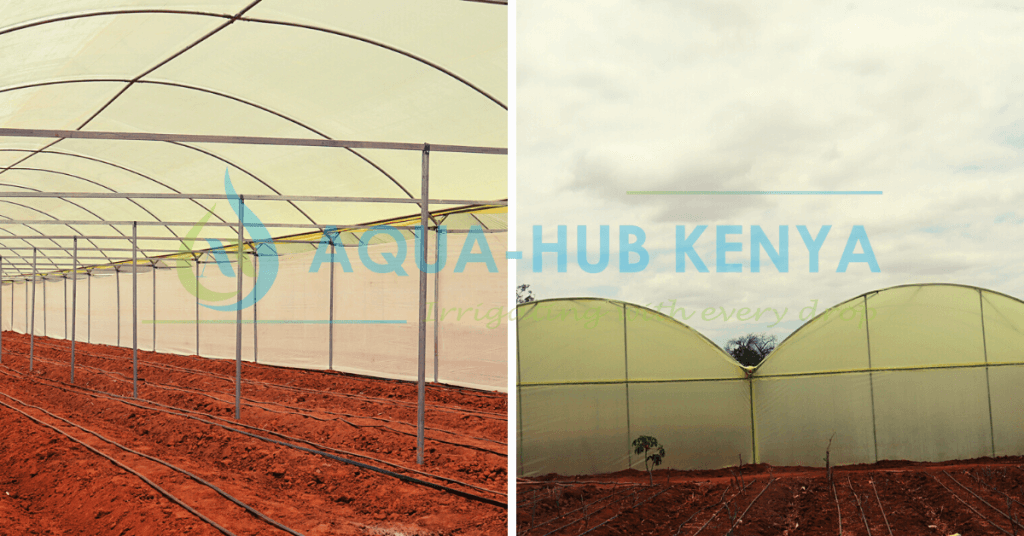Greenhouse Prices in Kenya in 2024
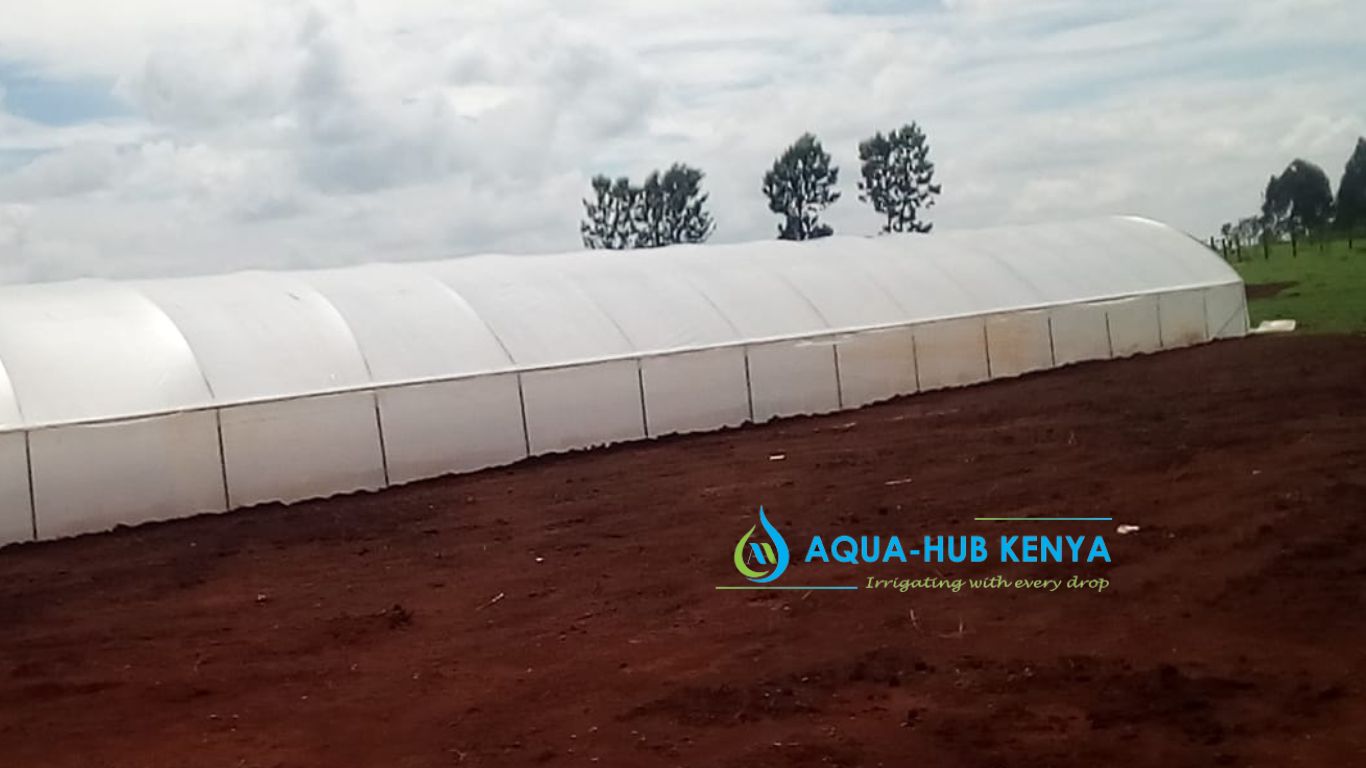
Greenhouse Prices in Kenya varies substantially based on its size, the materials it is made of, and other elements. A smaller, more straightforward greenhouse constructed of inexpensive materials may cost around KES 100,000, while a large, more advanced greenhouse made of more expensive materials might cost about KES 750,000. The total cost of establishing a greenhouse in Kenya can also be influenced by the project’s complexity, labor expenses, and location.
What is Greenhouse Prices in Kenya?
The size of a greenhouse is the most important factor in determining its
. There are various sizes of greenhouses. The greenhouse costs less when it is smaller. The material used to build the greenhouse is another thing to think about. We have greenhouses made of steel and wooden materials. Wooden greenhouses are less expensive than metal greenhouses. In addition to the obvious costs of this construction project, a number of additional features are necessary for a successful greenhouse installation, which may increase the project’s overall cost. It is possible to include the irrigation system, ventilation system, and other parts.
Nowadays, there are many different kinds of greenhouses available for purchase. They come in a wide range of sizes, shapes, and materials, as well as in a variety of heating methods. Aqua Hub sells greenhouses made of metal and wood. Prices for our greenhouses vary based on the greenhouse’s type, size, and any additional services requested. Wooden greenhouses are less expensive than metal greenhouses.
Metallic greenhouse prices in Kenya
The prices of metallic greenhouses in Kenya can vary depending on several factors. Including the size of the greenhouse, the materials used, and the quality of the construction. Aqua Hub’s steel greenhouses are specifically for farmers and erected as quickly as possible. The cost of our steel galvanized greenhouse is affordable and it is durable.
| Greenhouse Size | Estimated Crop Population | Cost of Construction |
| ( 8 x 15 ) Meters | 450- 500 | 250,000 |
| ( 8 x 24 ) Meters | 700-800 | 270,000 |
| ( 8 x 30) Meters | 1000-1200 | 365,000 |
| (16x 30) Meters | 1500- 2000 | 750,000 |
Wooden greenhouse prices in Kenya
The prices of wooden greenhouses in Kenya can vary depending on several factors. Including the size of the greenhouse, the quality of the wood used, and the construction methods used. When comparing it to a metallic structure, the farmer’s investment costs are reduced by a wooden greenhouse. Aqua Hub Kenya gives farmers in Kenya the option to build greenhouses out of materials that are readily available locally.
| Greenhouse Size | Estimated Crop Population | Cost of Construction |
| (8 x 15) Meters | 450- 500 | 165,000 |
| (8 x 24) Meters | 700-800 | 180,000 |
| (8 x 30) Meters | 1000-1200 | 240,000 |
| (8 x 45) Meters | 1500- 2000 | 390,000 |
What materials are used in Kenya to construct greenhouses?
The building materials for greenhouses in Kenya might vary based on their intended purpose, the local environment, and their price range. The typical components used in greenhouse building are described in further detail below:
Polycarbonate sheets, plastic film, or greenhouse polythene
One of the most significant influences on the microclimate inside a greenhouse is the covering material. Plastic film is the covering material with the lowest price tag but the least amount of durability. Polycarbonate sheets cost more, but they are more long-lasting and provide better insulation.
Wood, galvanized steel, or aluminium
The most common materials for a greenhouse’s frame and structure are these. Aluminium is more expensive despite its lightness, strength, and ease of use. Galvanized steel is less expensive and lasts longer, but it is also heavier and harder to work with. The structure of the greenhouse can also be constructed from wood.
Concrete or wood blocks
The foundation of a greenhouse can be built with these materials. Concrete blocks are more cost-effective, but also more durable. Wood can be a cheaper alternative, but it may not be as long-lasting or durable as concrete.
Systems for ventilation and irrigation
The greenhouse’s temperature and humidity are kept in check by these systems. Drip irrigation is one type of irrigation system that helps keep the plants properly hydrated. Temperature and humidity levels can be controlled with the assistance of ventilation systems like humidifiers and fans. The greenhouse can also be cooled and humidified with the help of misting systems.
Shade net
The greenhouse’s temperature and light levels are controlled by this material. It can be used to shade plants and reduce the amount of direct sunlight entering the greenhouse.
Systems for drip irrigation and water storage tanks
The plants will always have access to water thanks to these systems. Drip irrigation systems are a more effective method for getting water to the plant roots directly. Irrigation water can be stored in water storage tanks.
Beds, trays, or pots for growing
The pots in which you grow the plants. The type of plants being grown and the method of growth may influence the container used.
Considerations to take into account when starting a greenhouse farm
Growing crops in greenhouses may be a successful agricultural venture. Before making an investment in this kind of agriculture, however, it is crucial to carefully evaluate a number of issues. The following are the things to think about:
Market demand
Understanding the market demand for the crops you intend to grow is critical. When choosing crops, take into account the demand in international, regional, and local markets.
Location
There are a number of reasons why the location of your greenhouse is important. Take into account the local climate and ensure that the greenhouse is in a position to get the most sunlight and minimize wind exposure.
Materials and design of the greenhouse
Your greenhouse’s design and materials are crucial. When choosing the design and materials for your greenhouse, take into account factors like crop selection, budget, and the conditions of the climate.
Systems for ventilation and irrigation
The greenhouse’s temperature, humidity, and water supply are all regulated by these systems. Ensure that you make a good investment in systems that are appropriately for the crops.
Costs of energy
Heating, cooling, lighting, and ventilation all consume energy, which can be quite expensive. To save money on energy, think about materials and systems that use less energy.
Management of crops
In greenhouse farming, crop management is essential to success. This entails picking the right crops, planting and taking care of the plants, harvesting and marketing the crops appropriately, and so on.
Planned spending
Before making an investment in greenhouse farming, it is essential to carefully weigh the costs and potential rewards. To assist you in making informed decisions, create a comprehensive business plan that includes a budget and financial projections.
Before starting a greenhouse farming business, you should think about these important things. Before making an investment in greenhouse farming, it is essential to thoroughly investigate and comprehend these aspects.

